Elon Musk and Vivek Ramaswamy are on top of the world. The new heads of the fake Department of Government Efficiency are styling themselves as the saviors of the American republic. In their minds, they’re out to rescue the United States from the pesky “unelected bureaucrats” trampling over people’s rights — you know, the underpaid people keeping the threadbare government services and regulatory apparatus running.
But DOGE, as they’ve taken to styling it, isn’t just about a self-aggrandizing project of cutting costs and gutting the agencies that could limit the power of the tech industry. It’s also an opportunity for Musk to revive some of his longstanding personal vendettas. No surprise, California’s high-speed rail project is near the top of the list.
On November 27, Ramaswamy slammed the initiative as a “wasteful vanity project” and called for it to lose federal funding. “Time to end the waste,” he declared. It only took a few days for the official DOGE Twitter/X account to tweet out a list of the flaws it identified with the project, suggesting there’s little chance it will get any further federal support under a Musk-influenced Donald Trump administration.
There’s no question California high-speed rail (CAHSR) has faced its challenges. The project has been significantly delayed and its costs have boomed, but that’s in part because of poor management, an overreliance on consultants, a difficult process of land acquisitions, and the fact the project is still far from being fully funded after all these years. But it also can’t be underestimated how fierce opposition to the project has held it back and stifled its success from the very beginning — a campaign Musk was eager to join.
At the same time as he was styling himself as a climate champion for building electric cars, Musk embraced right-wing talking points aimed at killing CAHSR before it could leave the station. In the early 2010s, the state government was putting together the plan for how the project would proceed and seeking additional funding sources from the federal government and its cap-and-trade system. Meanwhile, Musk was taking the opportunities he was offered to try to turn people against it.
On stage at the D11 conference in 2013, he rattled off a list of anti-CAHSR talking points when prompted by hosts Walt Mossberg and Kara Swisher. They didn’t mind because they wanted to hear about his big new idea: the Hyperloop. Instead of a tangible plan based on a proven technology, Musk was pitching a transportation fantasy of pods shooting through vacuum tubes that would cost next to nothing and take no time to build.
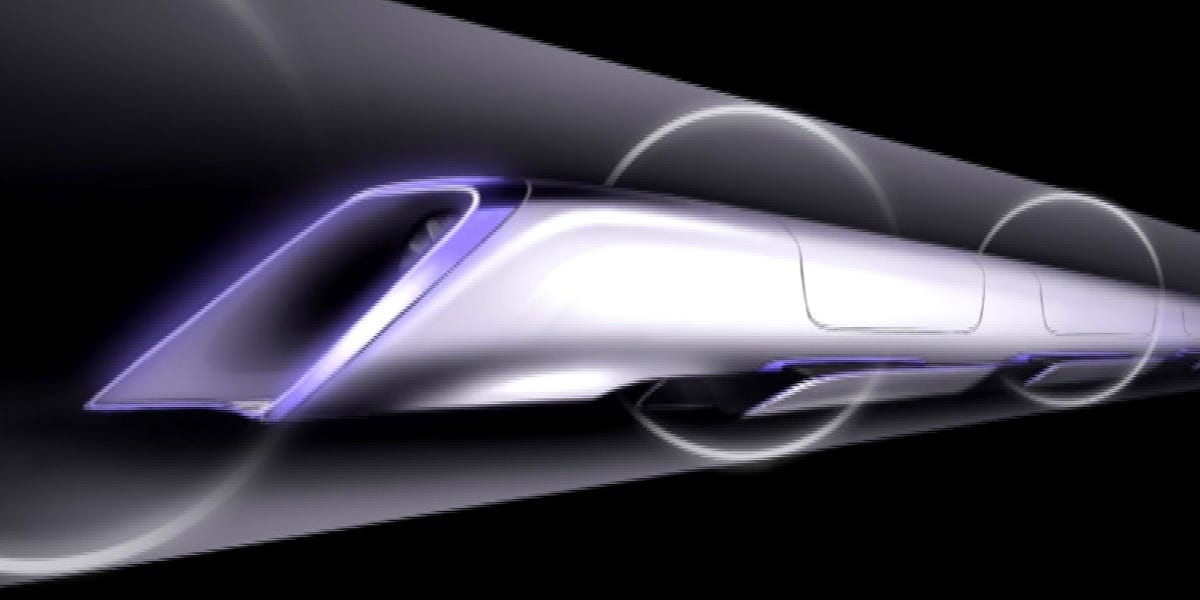
Of course, he was only releasing a white paper; it was up to other people to do the work of making the project a reality. But the truth was that he had no intention of seeing it realized because the Hyperloop was never something designed to be built. It was designed solely to aid the campaign to kill the most promising transport alternative to car dependency. Musk said as much to his first biographer Ashlee Vance, who wrote in Elon Musk: Tesla, SpaceX, and the Quest for a Fantastic Future:
Musk told me that the idea originated out of his hatred for California’s proposed high-speed rail system. … At the time, it seemed that Musk had dished out the Hyperloop proposal just to make the public and legislators rethink the high-speed train. He didn’t actually intend to build the thing. … With any luck, the high-speed rail would be canceled. Musk said as much to me during a series of e-mails and phone calls leading up to the announcement.
These days, the Hyperloop is a joke. Companies that claimed they were going to realize it have gone bankrupt and governments have lost millions (if not far more) trying to help make it a reality because it came from a supposedly unparalleled tech genius.
In theory, Musk isn’t even fully opposed to high-speed rail. He praised the idea of fast trains in a conversation with Trump back in August. But that good will doesn’t extend to CAHSR. Musk has been opposed to California’s effort to bring its train network into the present, let alone the future, for over a decade. Now he’s poised to use the power of the US government to try to further cripple its chances of success.

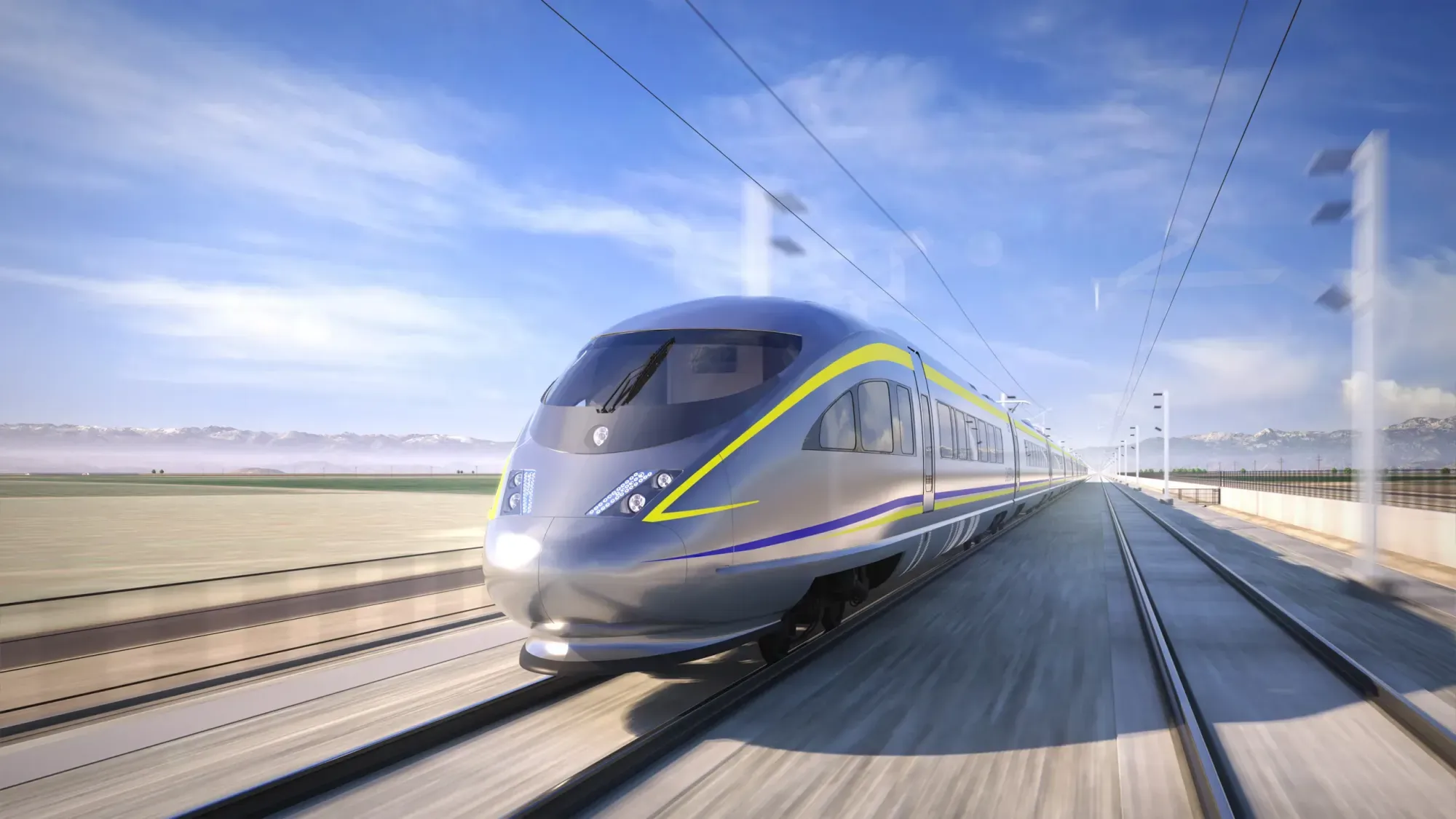
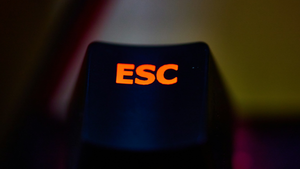

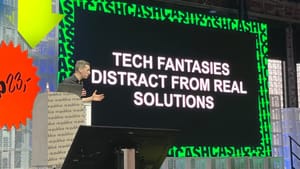

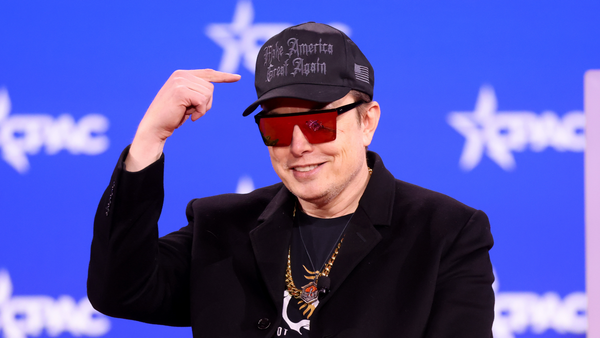

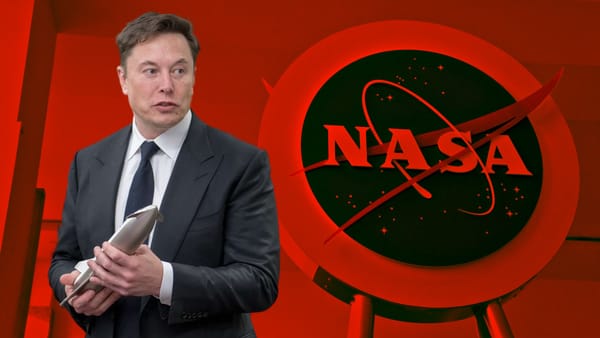
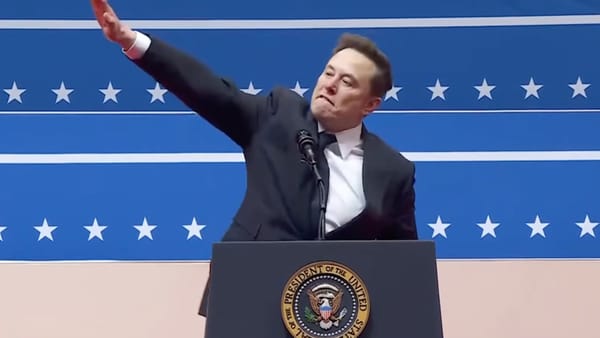

Member discussion